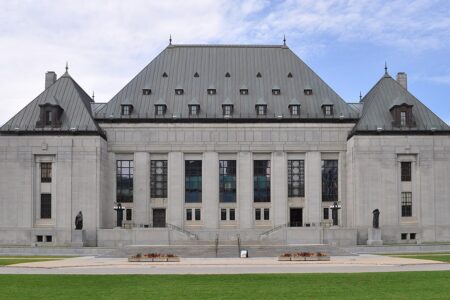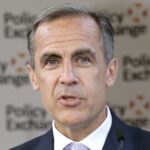ATAMANENKO: Pension reform and retirement security--two visions
In March, the government released a discussion paper intended as background for its Canada-wide public consultation on pension reform and Canada’s Retirement Income System. If you haven’t heard about it, it’s not surprising. It involved only three town-hall meetings, three by-invitation expert roundtables, and a voluntary on-line component. You could also write in.
Their plan seems to favour enhanced private sector solutions – solutions that they admit are both costly to individual participants in mangement fees and costly to taxpayers for footing private sector tax subsidies. Thousands of Canadians have already felt the vulnerability of their private plans to negative fluctuations in world financial markets and the affect on their personal pensions, RRSPs, and private savings. It is difficult to understand why the government would favour this individualized private-sector approach to securing Canadians’ retirement.
New Democrats believe the public system is the best way to ensure retirement security.
“Expanding the Canada Pension Plan would be the most effective way to ensure all Canadians have adequate retirement incomes,” says Canadian economist Monica Townsend. The CPP is reliable, cost effective, covers all workers and is fully portable. Furthermore it is indexed for inflation and accommodates the different work patterns of women, according to Townsend. By comparison only 38% of workers have a workplace pension plan.
Protecting that workplace pension plan has been another challenge for many Canadians during the economic downturn. My colleague John Rafferty, NDP MP, has introduced a Private Member’s Bill to secure workplace pension funds during bankruptcy proceedings and corporate restructuring. This Bill C-501, if passed, would give priority to pension plans over other creditors and guarantee pension payouts when companies fail.
The NDP has also proposed:
1. Phasing in a doubling of CPP/QPP maximum benefits from the current $908.75/mo. to
$1817/mo. This would require an additional 2.5% payroll deduction which is less than fees attached to most private plans.
2. Adding a voluntary tier to CPP/QPP to allow Canadians to contribute as much as they choose to increase their CPP for an additional benefit at retirement. Savings such as RRSPs could be transferred into the CPP for cost savings and greater security.
3. Eliminating seniors’ poverty by reversing the January 1st corporate tax cut and increasing the GIS by $700 million/yr. The cost to taxpayers would be half of the cost of the tax cut.
Here are some facts to ponder:
· 2/3 of Canadians are not covered by company pension plans.
· 1/3 of Canadian families have no retirement savings; others are concerned they are not saving enough.
· Management fees for some mutual funds can consume as much as 35-40% of RRSP savings over a period of 40 yrs.
· The public cost of supporting private savings plans is $20 billion/yr. for RPPs and RRSPs versus $4 billion/yr. for CPP/QPP.
Enhancing the private pension options provides nothing for the 6% of seniors currently living in poverty, nor does it give special consideration to low and middle income families who cannot afford to pay into private retirement savings, even with the incentive of generous tax breaks.
A May 3rd announcement by Finance Minister Jim Flaherty spoke of the Conservative government’s intention to increase “protection for (private) pension plan members, reduce funding volatility and modernize the rules for investments by (private) pension funds.” This will be of little help to a majority of Canadians.
The NDP plan is aimed at providing a measure of retirement security for all Canadians.























